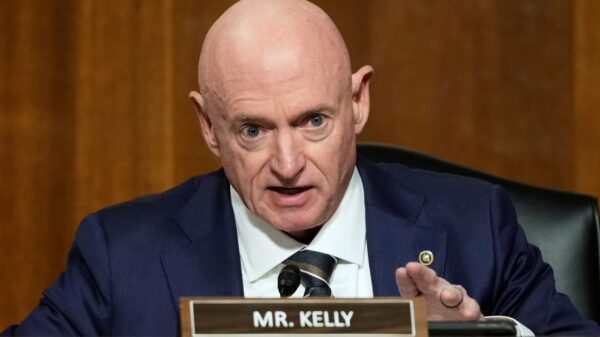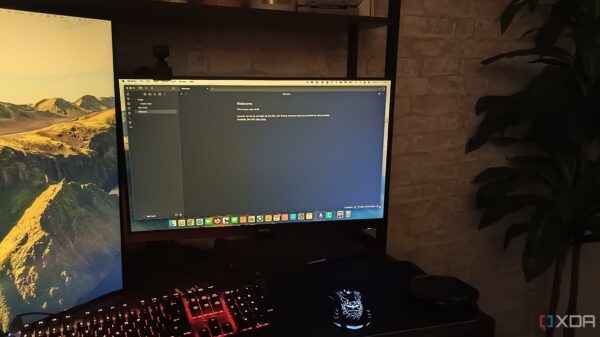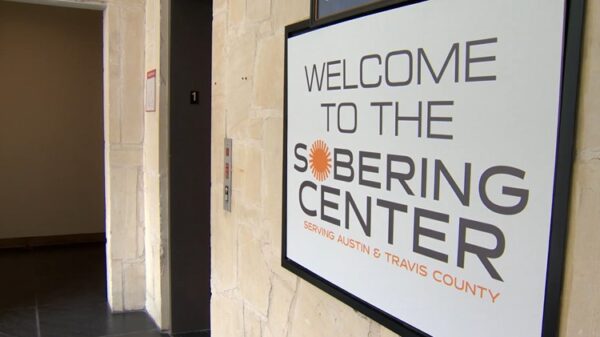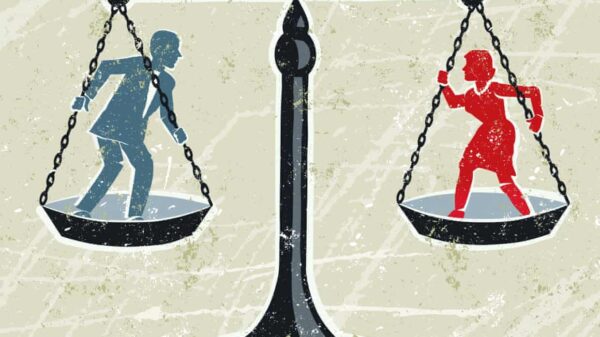The Los Angeles County Department of Public Health, in collaboration with the Asthma Coalition of Los Angeles County, has released a new report titled “Breathless: Impact of Asthma on Children in Los Angeles County.” This report highlights the significant effects of asthma on children’s health and well-being throughout the region. According to data from the 2023 Los Angeles County Health Survey, approximately 7.3% of children aged 0-17 are affected by asthma.
The report reveals alarming disparities in asthma rates among different demographics. Notably, asthma prevalence is higher among Black/African American children at 9.5% and children of Latino ancestry at 8%. The findings indicate that young children under the age of five are almost twice as likely to visit the emergency department or urgent care for asthma-related symptoms compared to older children. Additionally, children living in households below the federal poverty level report higher asthma rates than their counterparts from wealthier families.
Asthma also significantly impacts attendance in early childhood settings. Children under five are more likely to miss preschool or daycare due to asthma-related issues compared to school-aged children and adolescents. The report underscores the burden asthma places on families, particularly among young children in historically underserved communities.
Factors Contributing to Asthma Risk
The report identifies several contributing factors to asthma risk, including exposure to secondhand smoke, proximity to heavily trafficked roads and major highways, and exposure to allergens such as mold. It also highlights the importance of considering environmental causes when healthcare providers develop treatment plans. This includes ensuring access to asthma medications in homes, daycare settings, and schools.
Additional findings from the report reveal geographic and housing trends affecting asthma severity. Children living in areas with high air pollution, particularly near major freeways and industrial zones, experience more severe asthma symptoms. Similarly, inadequate housing conditions—characterized by mold, pests, and poor ventilation—exacerbate asthma flare-ups, especially in low-income communities.
The report also emphasizes that many children with asthma lack consistent access to essential management tools, including inhalers and asthma action plans. Furthermore, the ability of school-aged and young children to self-report asthma-related physical limitations is lower compared to adolescents, indicating a potential gap in awareness and communication.
Barbara Ferrer, Director of the Los Angeles County Department of Public Health, stated, “Too many children in Los Angeles County continue to face daily challenges due to asthma, an illness that is both preventable and manageable. This report underscores the urgent need to address the inequities that drive poor asthma outcomes.” She highlighted the importance of improving access to care, advocating for healthier housing, and reducing air pollution exposure as key strategies to decrease asthma rates.
Call for Action and Collaboration
The report advocates for strengthened public-private partnerships aimed at reducing disparities in asthma management and creating healthier environments for children and families. Scott H. Takahashi, co-chair of the Asthma Coalition of Los Angeles County, emphasized that the data provides critical insights into the ongoing challenges faced by children with asthma. He urged philanthropy, policymakers, community organizations, and schools to collaborate effectively to ensure families have the necessary resources to manage asthma and lead healthier lives.
The full report, “Breathless: Impact of Asthma on Children in Los Angeles County,” is available for public access on the Department of Public Health’s website at ph.lacounty.gov/asthma. This document serves as a vital resource for understanding the impact of asthma on children and the steps needed to address these pressing health concerns in the community.








































































